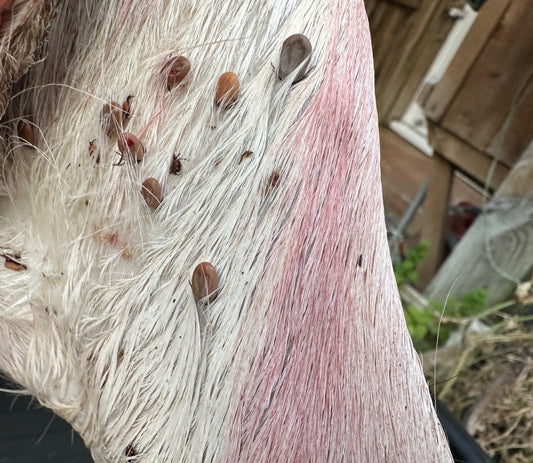For any landowner or deer manager, understanding the size and structure of deer populations within a particular area is the cornerstone of effective deer management. An accurate estimation provides the foundation upon which management decisions are made, ensuring that actions taken are proportionate and beneficial to both the deer population and the wider ecosystem.
Methodologies Employed
Spotlight Counts: Spotlight counts are conducted during the night when deer are most active. Equipped with high-powered spotlights, observers tally the number of deer seen over a predetermined route. Repeating this process over multiple nights can provide an average number of deer per acre, which can then be extrapolated to estimate the population over a larger area.Camera Trapping: Trail cameras placed strategically across the estate can provide invaluable data on deer presence and movement. By analyzing the images captured over a period, an estimate of the deer population can be deduced.
Aerial Surveys: Though more resource-intensive, aerial surveys conducted using helicopters or drones provide a bird’s eye view, allowing for a broader coverage and a more accurate count, especially in open or lightly wooded areas.
Pellet Counts: By counting the number of deer pellets in a specified area, and applying some mathematical modelling based on deer defecation rates, an estimate of deer density can be obtained. This method requires a good understanding of deer biology and behavior.
Track Counts: Counting the number of deer tracks along muddy or snowy trails can also provide useful data for estimating deer populations.
Thermal Imaging: Utilizing thermal imaging technology can significantly enhance the accuracy of both ground-based and aerial deer population surveys by detecting the heat signatures of deer, even in dense foliage.

Key Considerations
Seasonality: The time of year can significantly impact the accuracy of deer population estimates. It's advisable to conduct surveys during periods of high deer activity and visibility, typically outside of the summer months when foliage is densest.Training and Expertise: Conducting accurate deer population estimates requires a level of expertise and training. Misidentification or misinterpretation of data can lead to skewed results.
Cost and Resources: The cost and resources required for various estimation methods can vary significantly. It's essential to choose a method that aligns with the budget and resources available while still providing reliable data.
Data Analysis: Collecting data is just the first step. Analyzing this data to provide actionable insights is crucial for devising a management plan that's both effective and sustainable.
Legal and Ethical Compliance: Ensure all activities undertaken for population estimation comply with local wildlife laws and ethical guidelines.
By employing a combination of the aforementioned methodologies and considerations, landowners and deer managers can obtain a more accurate understanding of deer populations on their estates. This information is the bedrock upon which a successful deer management plan is built, promoting a harmonious balance between deer populations and the surrounding environment.
For further assistance in deer population estimation and creating a tailored management plan, feel free to contact us at Wildscape Deer Management.




